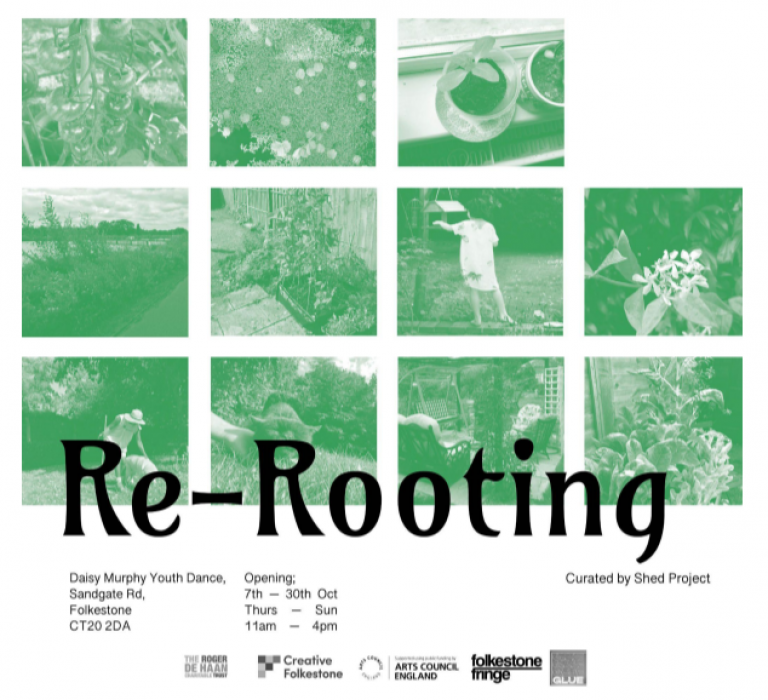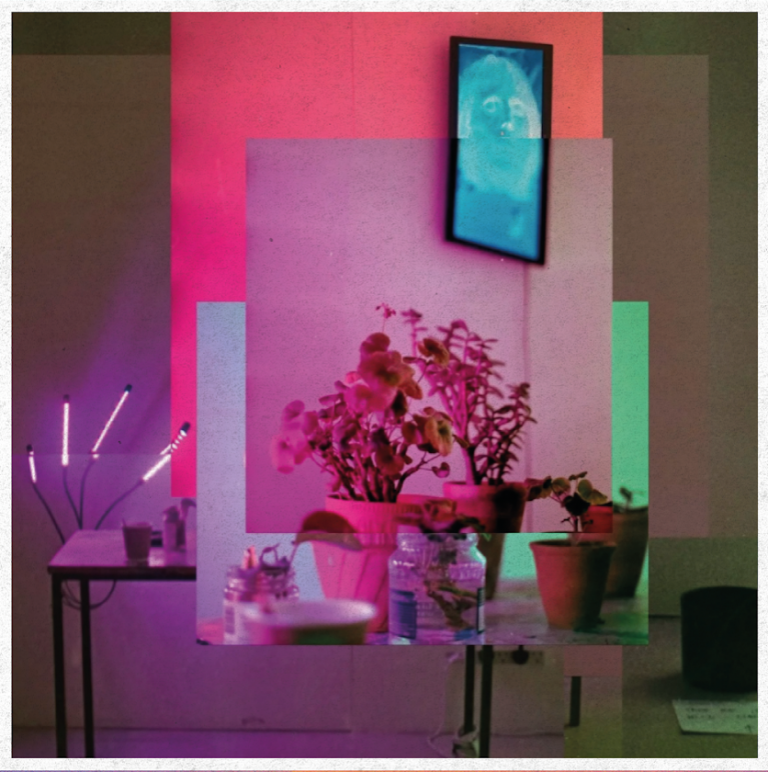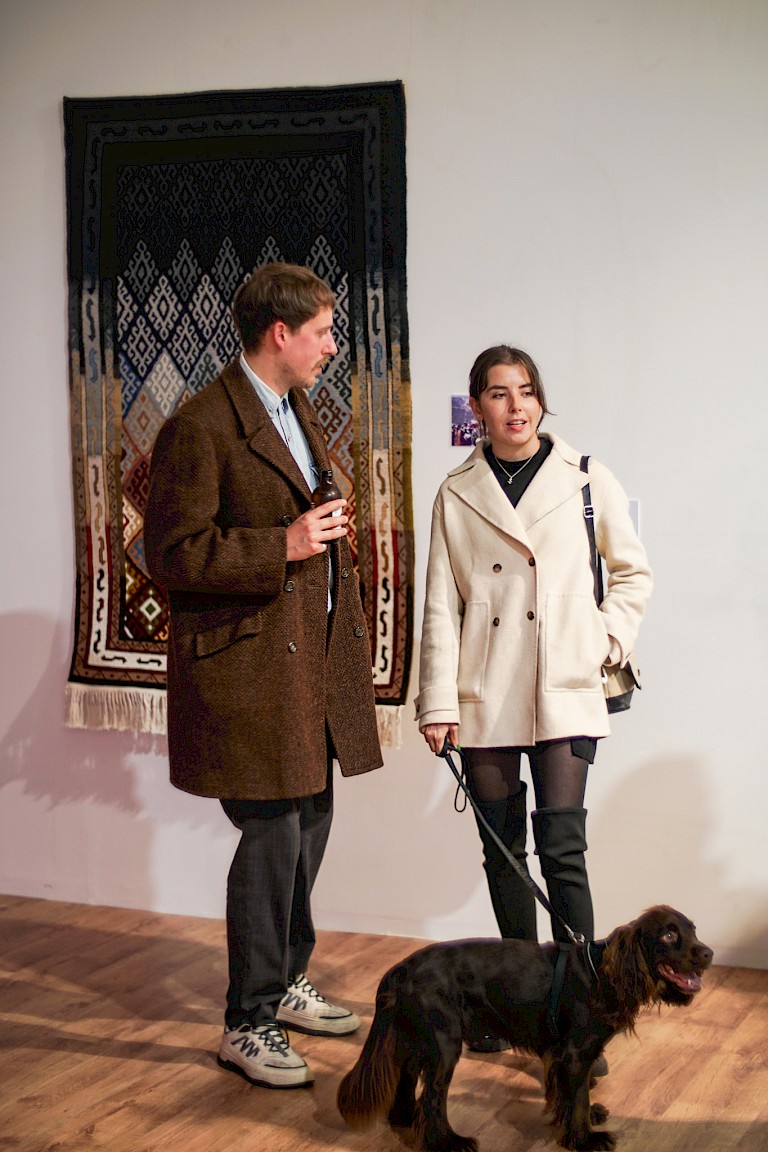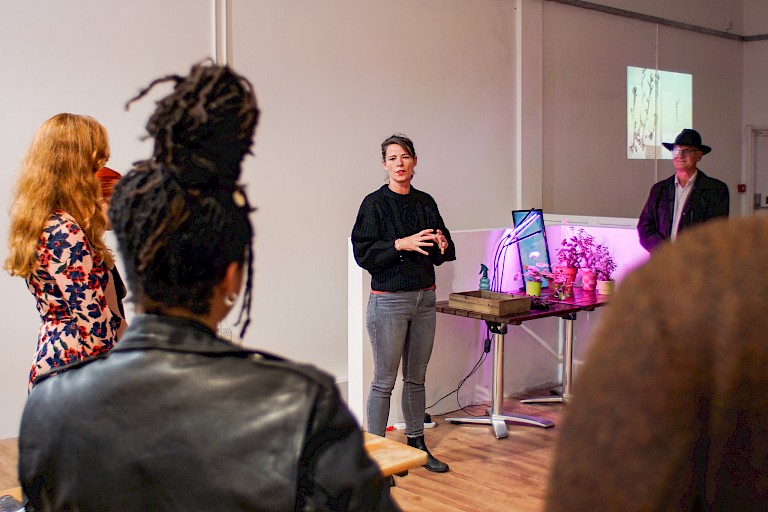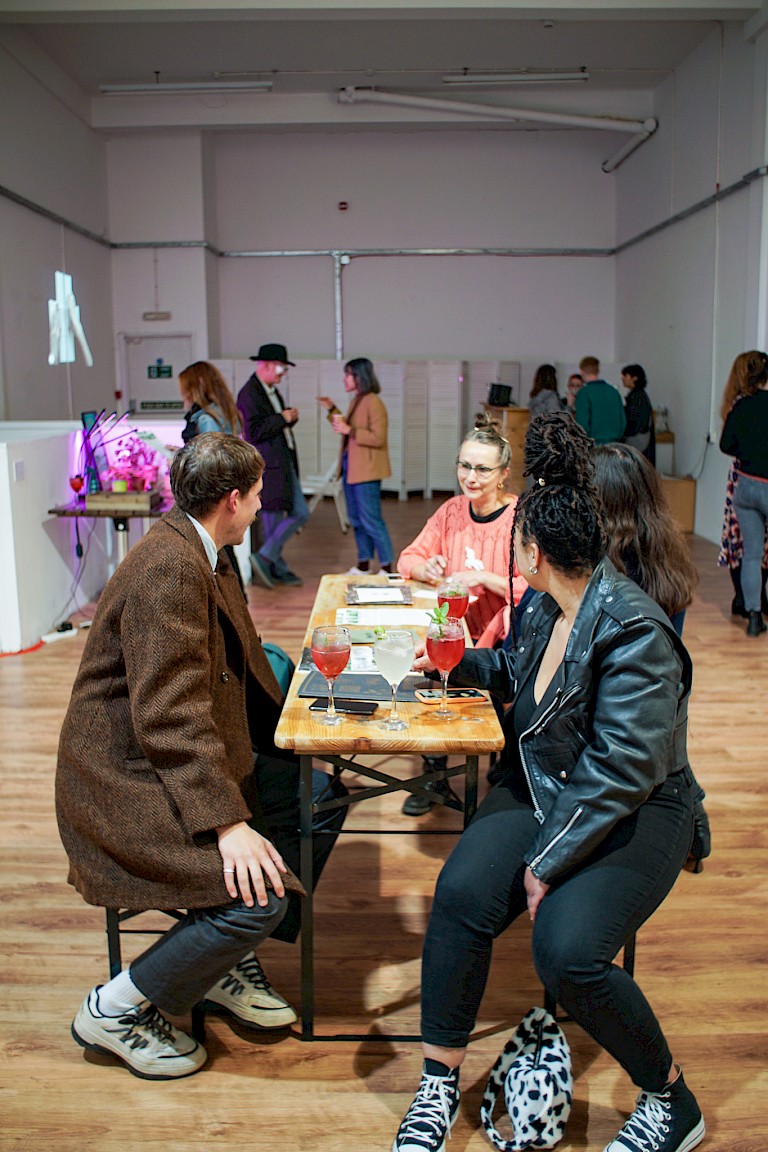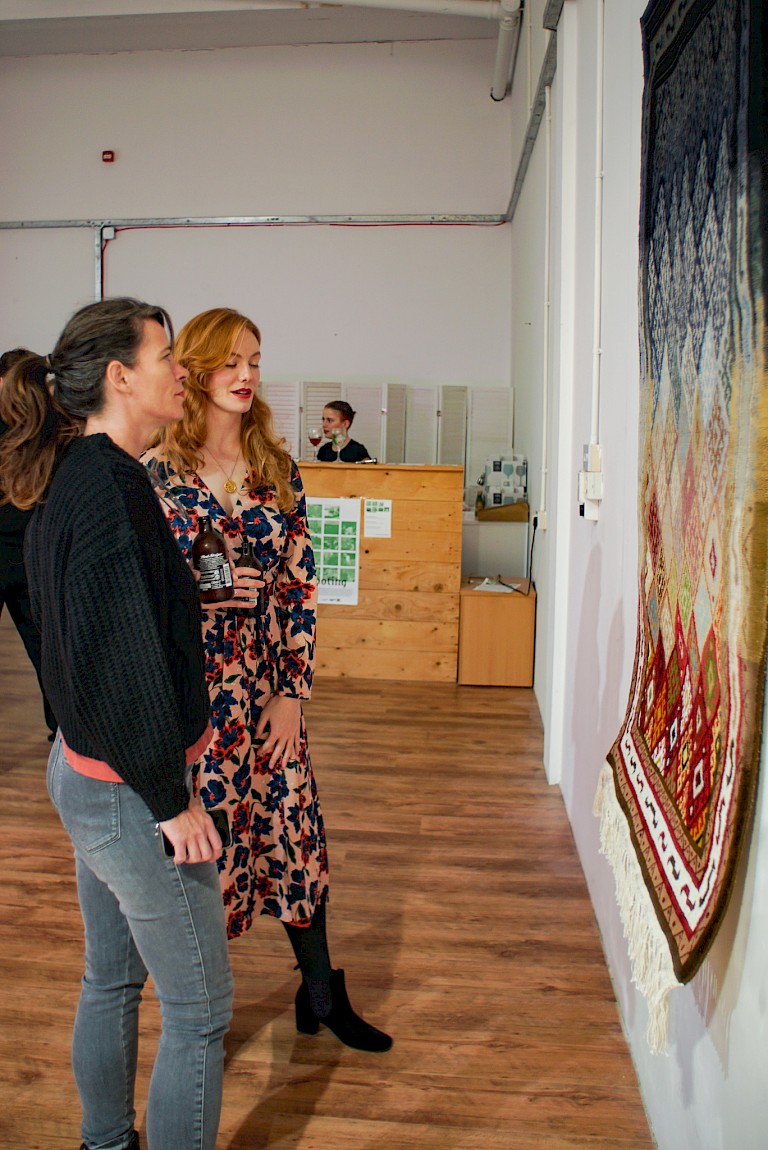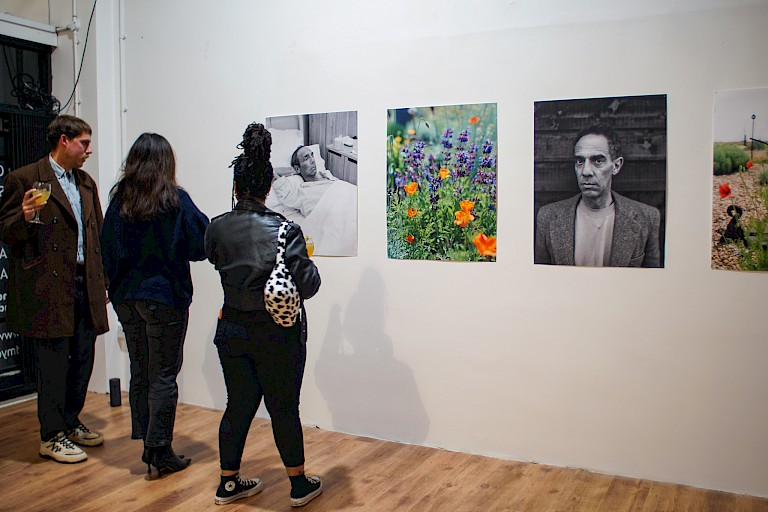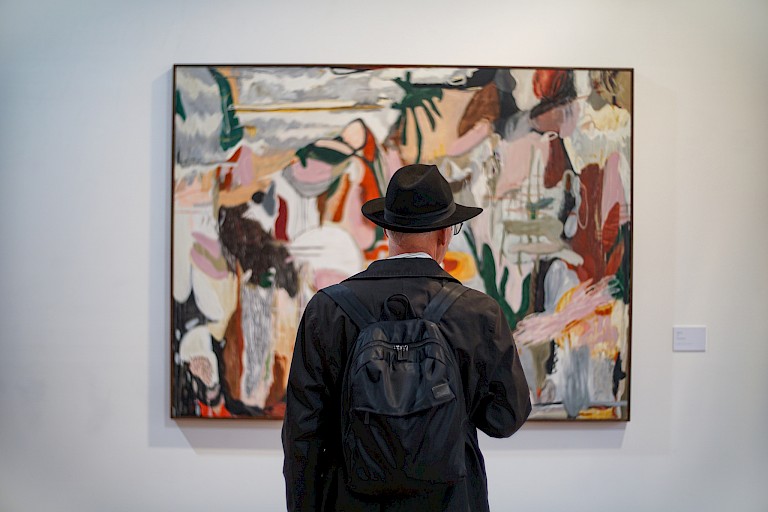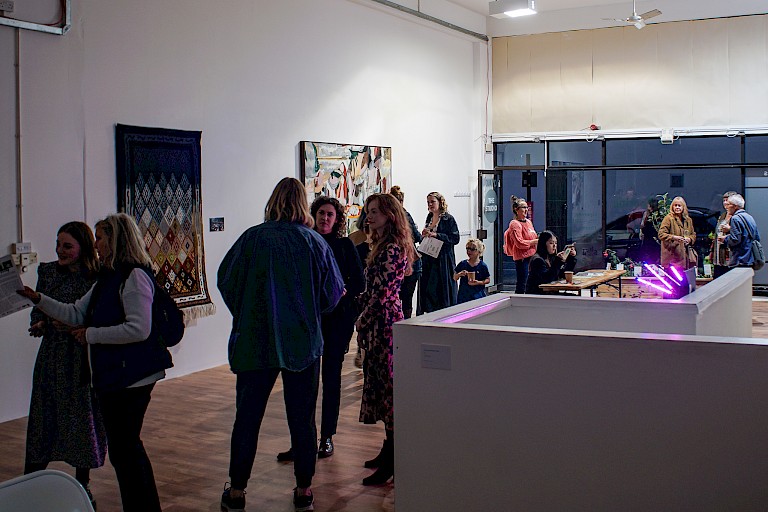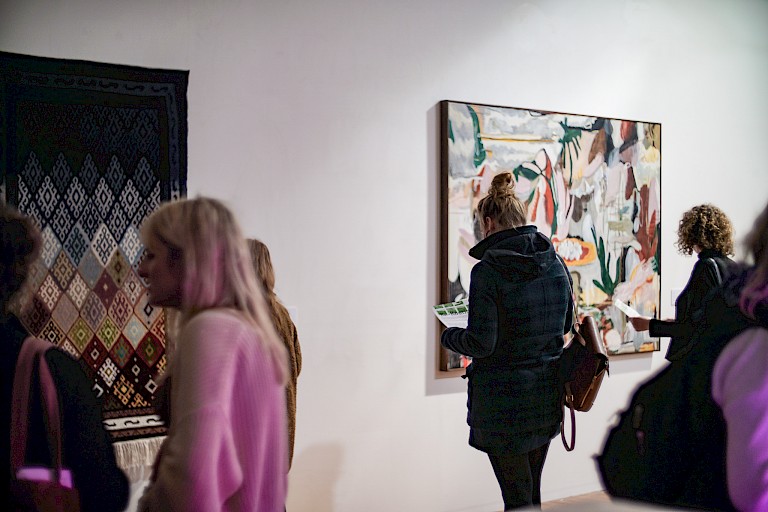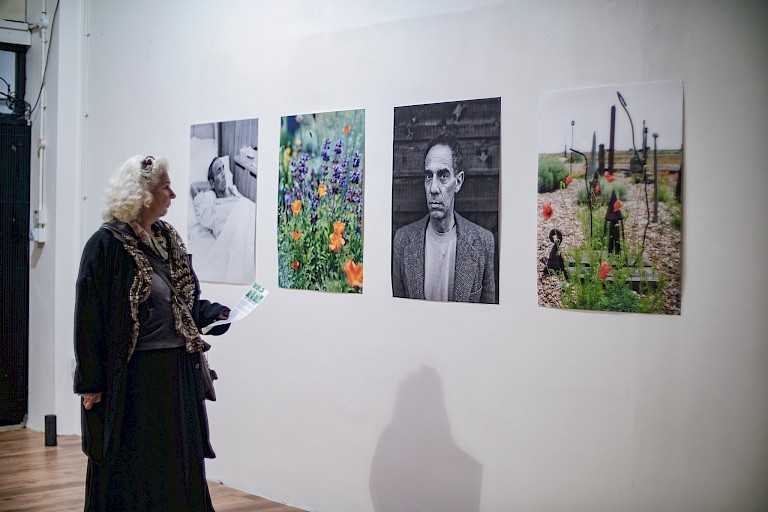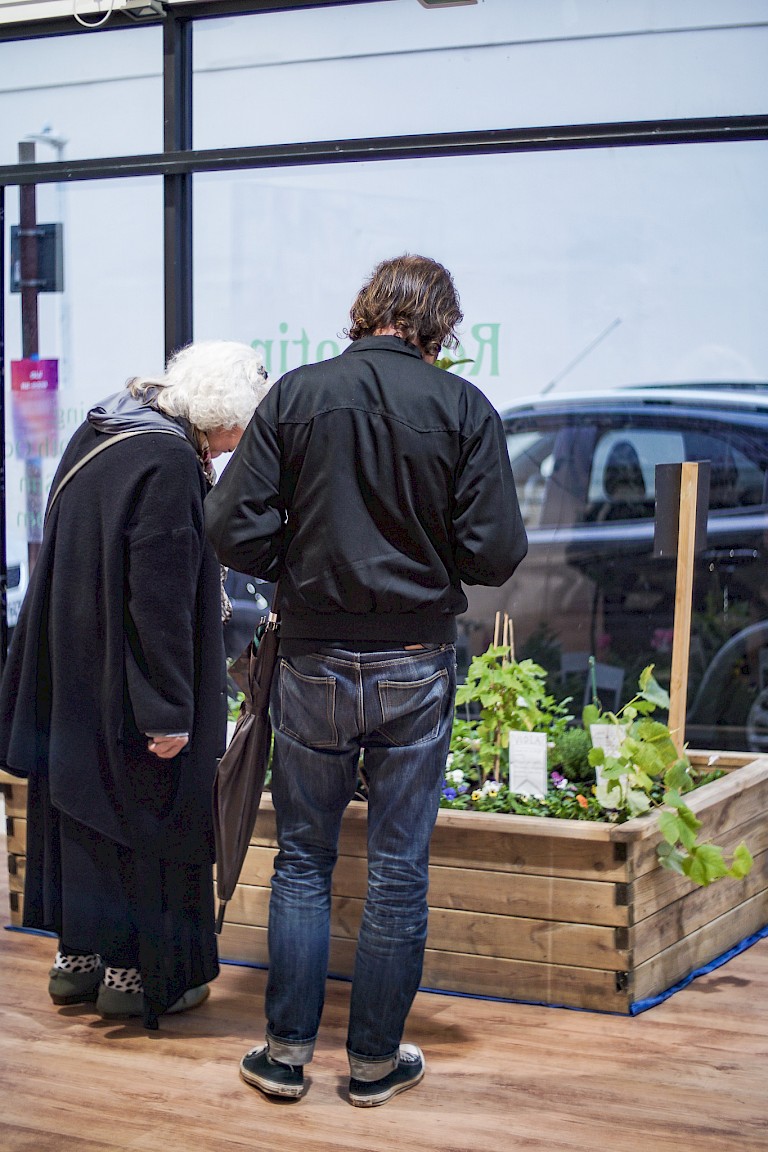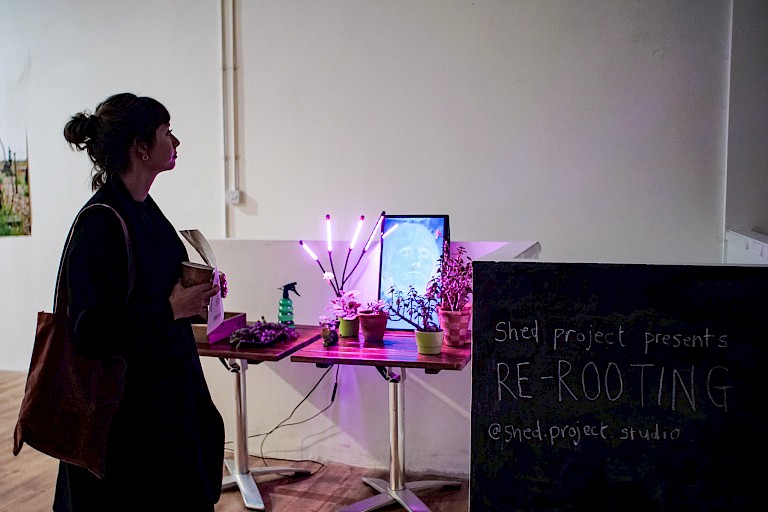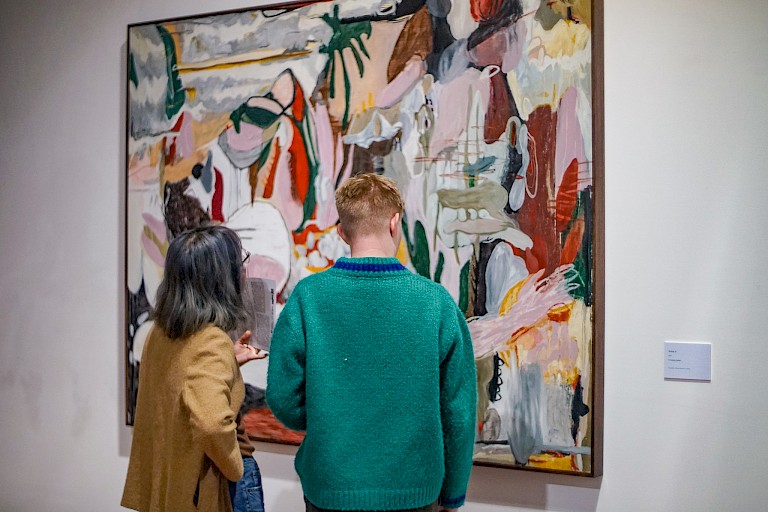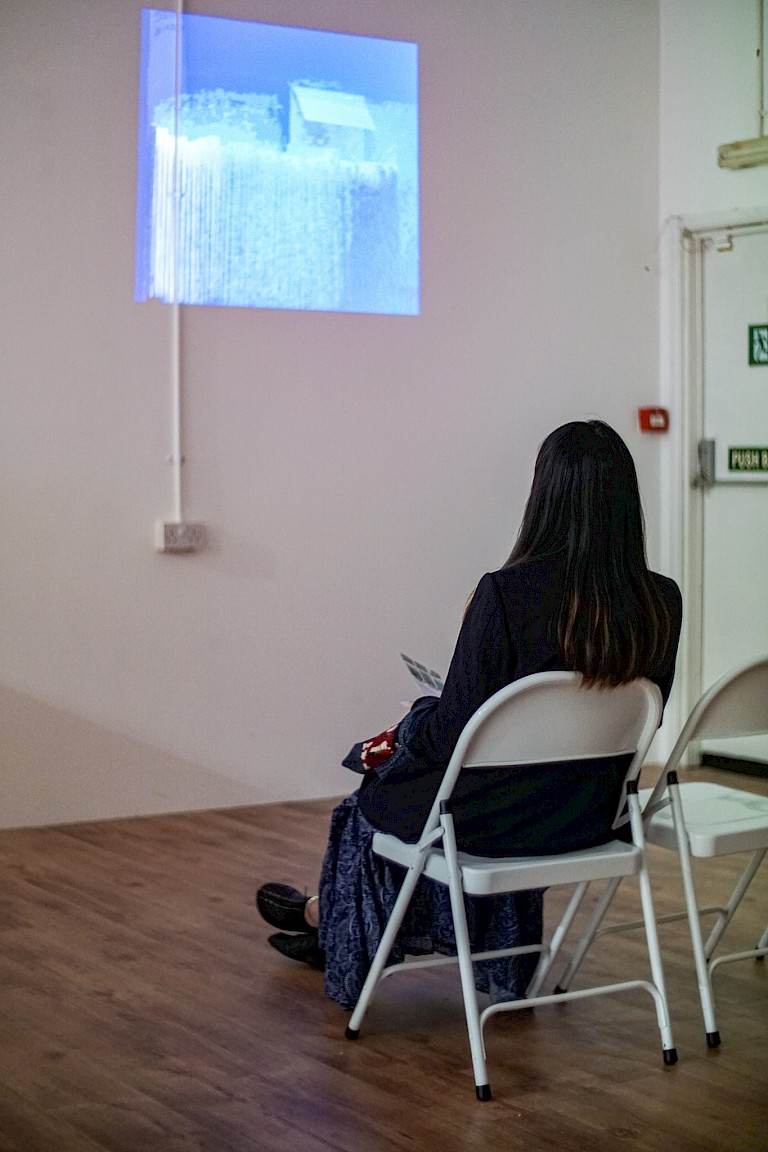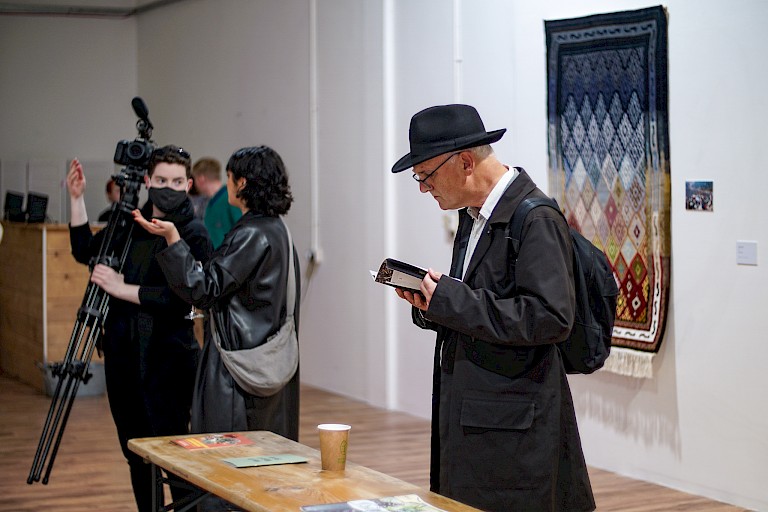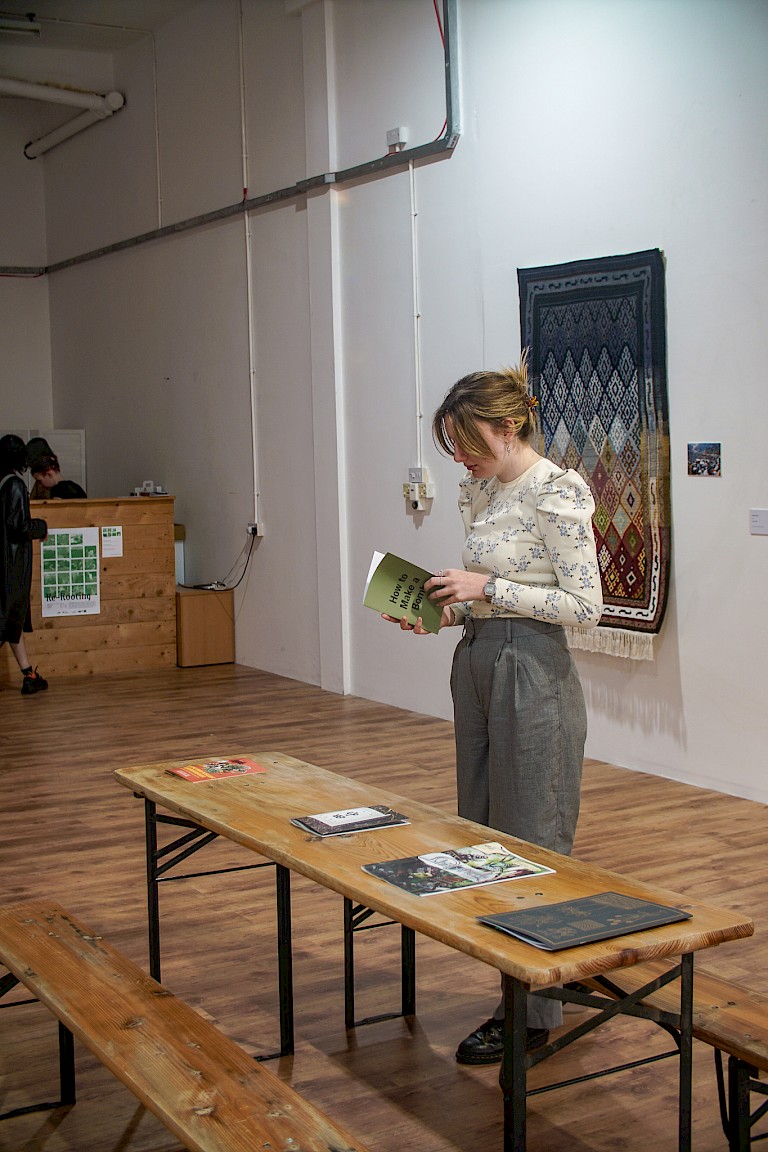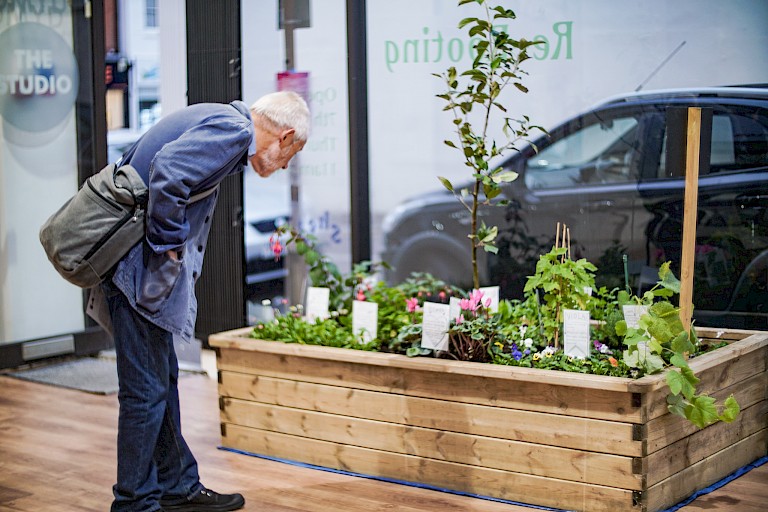Re-Rooting
Shed Project: Sauren Blaney, Olivia Bright, Jacob Lomas, Amy Melling, Xinyu Ren, Jessica Slater
Shed Project presents Re-Rooting, an exhibition unearthing the psychological and political undergrowth behind connections to 'the land'. Inspired by the rising popularity of gardening during the Covid-19 pandemic, the show examines how artists relate to nature as a means of personal and socio-political healing.
Shed Project is a curatorial collective working part-time on socially engaged exhibitions and projects. Shed provides a casual creative space for slow-paced production and interdisciplinary research. We work on small, temporary exhibitions to foster creative development.
Everyone is welcome to attend the exhibition opening on 7 October, 5-8pm at Daisy Murphy Youth Dance on Sandgate Road. Cocktails made with local, foraged and home-grown ingredients will be served to celebrate. Booking via eventbrite is recommended.
The show was one of two innovative and ambitious proposals selected for Folkestone Fringe’s new curatorial platform, GLUE. In the context of the pandemic, GLUE tackles reports of dwindling opportunities for emerging curators. GLUE launched with an open call running from 1st June - 1st July 2021. The open call welcomed submissions from energetic and entrepreneurial artists, curators or collectives who were final year students, recent graduates and postgraduate students from UK art schools or alternative programmes.
Re-Rooting explores the complex relationship we have with land in both the context of a globalised, ‘post-colonial' world and on a more intimate scale in caring for a garden. Here, gardening connects us with the people and places we have lost. Each artwork reveals the garden’s potential for healing through fostering intimacy, resistance and community.
Howard Sooley’s unflinching yet tender photographs of Derek Jarman (1990) encapsulate the garden as a site of intimate resistance. The photo series depicts Derek Jarman both caring for the garden at Prospect Cottage, an old fisherman’s shack he bought after being diagnosed with HIV in 1986 and lying in a hospital bed. Prospect Cottage sits on single-covered Dungeness Beach in the shadow of a nuclear power station. Despite its inhospitable environment, Jarman
spent his last years cultivating this garden. Here, the garden represents resilience. If a garden could grow here, it could grow anywhere.
For Jarman, connecting with this outside space was vital, it was a way of fighting against normativity with a radical act of care. Amber Sherratt’s installation @mama.gardened (2021) continues Jarman’s legacy through the intimacy inherent to caring for plants. Sherratt was carer to her mother in the time leading to her death. She now tends to her mother’s plants in her absence; she explains ‘mama was a gardener and so am I’. @mama.gardened makes public the
extent of daily care required to sustain another life. She extends this invitation to the audience, who can come away with free plant cuttings to propagate. Sherratt’s nursery acts as a means of rooting memory but also facing the inevitability of death.
With a specially commissioned planter of medicinal herbs and plants rooted in local folklore, Sandgate Community Garden continues the exploration of healing through gardening. Like Sherratt’s practice, this knowledge is shared through generations and communities. The abundant planter will be repurposed within Folkestone Memorial Garden after the exhibition, as a resource for the local community and generations to come.
Local community’s power is witnessed on a global scale within the exhibition’s zine library. Zines are low-cost DIY magazines used by artists and activists to share news and grow networks. International examples of grassroots initiatives connect the Sandgate Community commission to artists, activists and gardeners from Germany, Australia, Hong Kong, USA and the UK. Visitors are welcome to spend time with these publications to explore the power of the micro within
the macro.
In contrast, Fernanda Galvão’s dystopian landscape painting Ovitos II (2021) challenges the extent to which artists can protect land, when living under oppressive regimes. Born and based in São Paulo, Galvão’s large-scale oil and pastel canvas is subversively named after the Portuguese word for ‘egg’, symbolising new life and fertility. Melancholic grey stains interrupt sweeping vegetal forms, alluding to her nation’s accelerated deforestation and industrialisation. Although Brazil’s indigigenous communities live harmoniously with nature, the country’s city-dwelling political elite favour destructively rapid economic and urban expansion. The plants and fungi in Ovitos II creep around concrete forms; their obfuscation quietly alluding to the country’s violence towards nature and the activists risking their lives to protect it.
Shorsh Saleh’s Displacement (2019) explores socio-political healing on a macro scale. Displacement was hand-woven by Kurdish women in Iraq as part of a project aiming to revive traditional weaving techniques and provide income for local people. The threads are dyed using natural pigments extracted from local plant life. Also displayed is a photograph depicting Iraqi-Kurdish refugees fleeing Northern Iraq during Saddam Hussein’s attacks in 1991, from which the carpet derives its pattern. As the pattern graduates from dark to light, Saleh explores both the rebirth and displacement of a community.
Similarly, Lyndsay Mann asks complex questions of decolonisation, migration and ownership in her essay-film A Desire for Organic Order (2016). Filmed at the Herbarium and Centre for Middle Eastern plants at the Royal Botanic Garden Edinburgh, Lyndsay addresses the violence rooted in the garden collections and by extension, Scotland's colonial past. Following meticulously categorised and conserved plants, Lyndsay’s voiceover exposes the level of care given to these artefacts over the people who lived alongside them.


